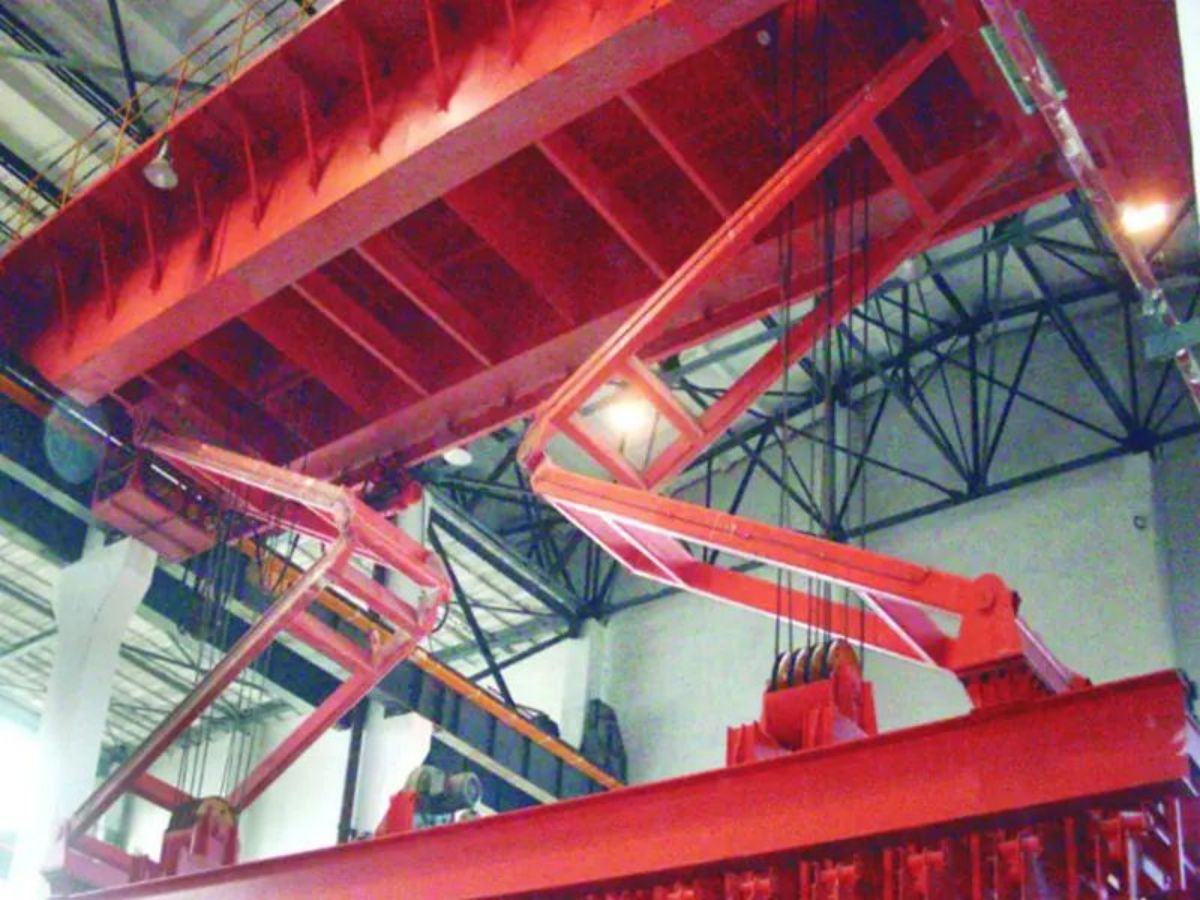Anode Carbon Overhead Crane vs. Jib Crane: Which Is More Maneuverable in Confined Spaces?
When it comes to lifting and moving heavy loads in confined spaces, choosing the right crane is crucial. In this article, we will compare the maneuverability of anode carbon overhead cranes and jib cranes in confined spaces. Understanding the pros and cons of each type of crane will help you make an informed decision for your specific needs.
1. Anode Carbon Overhead Crane
Anode carbon overhead cranes are specifically designed for handling anode carbon blocks in the aluminum smelting industry. These cranes are equipped with specialized lifting equipment and are capable of lifting and moving heavy anode carbon blocks with ease. They are typically used in confined spaces such as aluminum electrolysis cells.
2. Jib Crane
Jib cranes, on the other hand, are versatile cranes that can be used in various industries. They consist of a horizontal jib or boom that supports a movable hoist, allowing for easy lifting and maneuvering of loads. Jib cranes are commonly used in warehouses, manufacturing plants, and shipyards.
3. Maneuverability in Confined Spaces
When it comes to maneuverability in confined spaces, both anode carbon overhead cranes and jib cranes have their advantages and limitations.
3.1. Anode Carbon Overhead Crane
Anode carbon overhead cranes are specifically designed for confined spaces in the aluminum smelting industry. They are compact and can be easily maneuvered within narrow spaces. The overhead design allows for efficient use of space, as the crane does not require a large footprint on the ground. Additionally, these cranes can be equipped with advanced control systems, such as joystick controls, to enhance maneuverability.
3.2. Jib Crane
Jib cranes, although versatile, may have limitations when it comes to maneuvering in confined spaces. The horizontal jib or boom requires sufficient clearance to rotate and lift loads. In tight spaces, this can be a challenge, as the jib may hit obstacles or walls. However, jib cranes can be installed with wall-mounted or pillar-mounted configurations, allowing for better utilization of space and improved maneuverability in certain confined environments.
4. Load Capacity
Another important factor to consider when comparing the maneuverability of anode carbon overhead cranes and jib cranes in confined spaces is their load capacity.
4.1. Anode Carbon Overhead Crane
Anode carbon overhead cranes are specifically designed to handle heavy anode carbon blocks, which can weigh several tons. These cranes are engineered to have high load capacities, allowing for efficient lifting and moving of heavy loads in confined spaces.
4.2. Jib Crane
Jib cranes come in various load capacities, ranging from a few hundred kilograms to several tons. The load capacity of a jib crane depends on its design, size, and configuration. It is important to choose a jib crane with a load capacity that suits your specific lifting requirements in confined spaces.
5. Safety Considerations
Safety is paramount when operating cranes in confined spaces. Both anode carbon overhead cranes and jib cranes have safety features that ensure the well-being of operators and prevent accidents.
5.1. Anode Carbon Overhead Crane
Anode carbon overhead cranes are equipped with safety features such as overload protection devices, emergency stop buttons, and anti-collision systems. These features help prevent accidents and ensure the safe operation of the crane in confined spaces.
5.2. Jib Crane
Jib cranes also have safety features, including overload protection, limit switches, and emergency stop buttons. However, due to their design, jib cranes may have limitations in terms of visibility and obstacle detection. Operators must exercise caution and follow safe operating procedures to prevent accidents.
6. Cost and Maintenance
Cost and maintenance are important considerations when choosing between anode carbon overhead cranes and jib cranes for confined spaces.
6.1. Anode Carbon Overhead Crane
Anode carbon overhead cranes are specialized equipment designed for specific applications, which may result in higher initial costs. Additionally, maintenance and servicing of these cranes may require specialized knowledge and expertise, adding to the overall cost of ownership.
6.2. Jib Crane
Jib cranes are generally more cost-effective and easier to maintain compared to anode carbon overhead cranes. They are widely available in the market, and spare parts are easily accessible. Maintenance and repairs can be done by trained technicians without the need for specialized knowledge.
7. Flexibility and Versatility
Flexibility and versatility are important factors to consider when selecting a crane for confined spaces.
7.1. Anode Carbon Overhead Crane
Anode carbon overhead cranes are specifically designed for handling anode carbon blocks and may have limitations in terms of versatility. These cranes are tailored for a specific purpose and may not be suitable for other lifting applications.
7.2. Jib Crane
Jib cranes are highly versatile and can be used for a wide range of lifting tasks. They can be equipped with various attachments, such as hooks, grabs, or magnets, to handle different types of loads. This versatility makes jib cranes a popular choice in industries where lifting requirements may vary.
8. Conclusion
Choosing the right crane for maneuvering in confined spaces depends on various factors, including the specific lifting requirements, available space, and budget. Anode carbon overhead cranes are ideal for efficiently handling anode carbon blocks in the aluminum smelting industry, while jib cranes offer versatility and flexibility for a range of lifting applications. Consider the pros and cons discussed in this article to make an informed decision that best meets your needs.

